#Speyeria cybele
Explore tagged Tumblr posts
Text


speyeria cybele floating freely 𐦍༘⋆
#butterfly#speyeria cybele#great spangled fritillary#bugs#coneflower#wildflowers#flora#green#woods#wilderness#forest#forestcore#mine#colorado#landscape#cottagecore#nature#naturecore#nature photography#original photography#original photographers
28 notes
·
View notes
Text

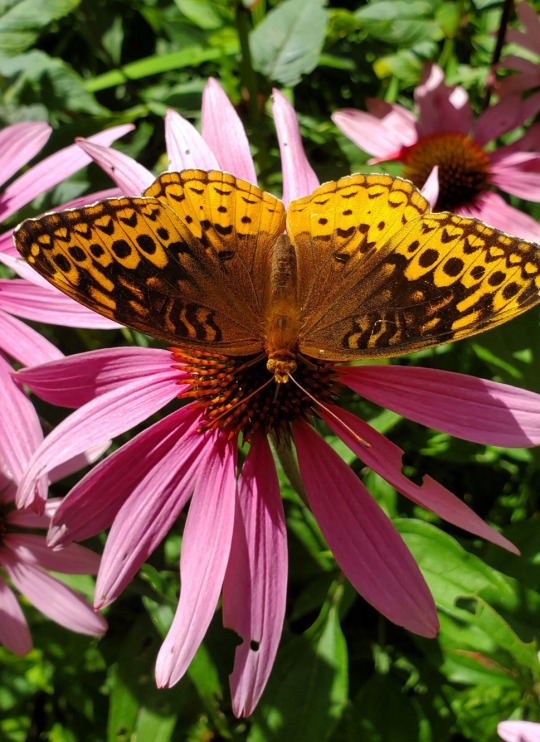
Great spangled fritillary (Speyeria cybele) in Northeastern PA (US)
#butterfly#lepidoptera#fritillary#great spangled fritillary#Speyeria cybele#Nymphalidae#nature#bugs#nature photography#biodiversity#animals#inaturalist#arthropods#entomology#insect appreciation#bugblr#insect#cute#pink#flower#pollinator#springtime#blossoms#pretty#photography#invertebrates#wildlife#pennsylvania#outdoors#hiking
35 notes
·
View notes
Text

Speyeria cybele
Great Spangled Fritillary Butterfly
1 note
·
View note
Text
At home, I've finally gotten into the right brain space to return to working on my personal research insect collection. Gonna be working on my dragonflies and large butterflies first as they are taking up my freezer space.
Red Admiral (Vanessa atalanta)
Great Spangled Fritillary (Speyeria cybele)
Halloween Pennant (Celithemis eponina)
Monarch (Danaus plexippus)
22 notes
·
View notes
Text

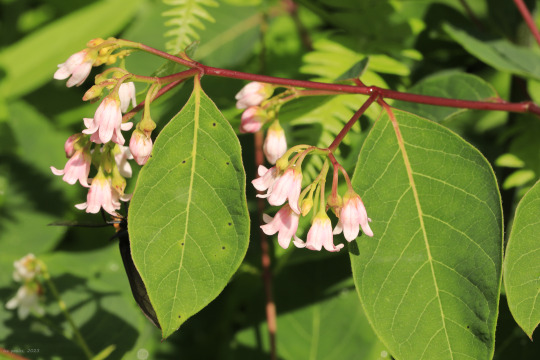
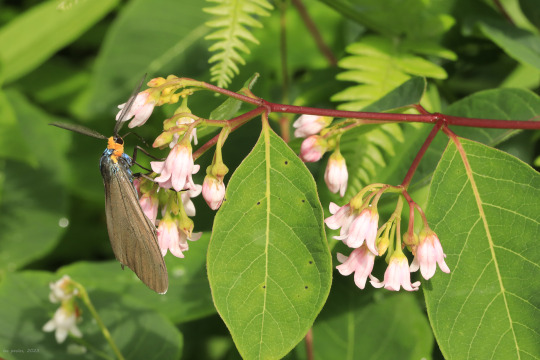
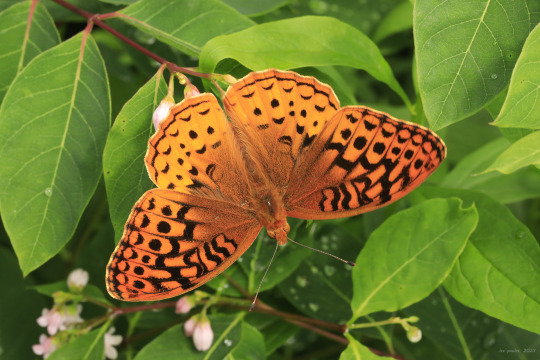
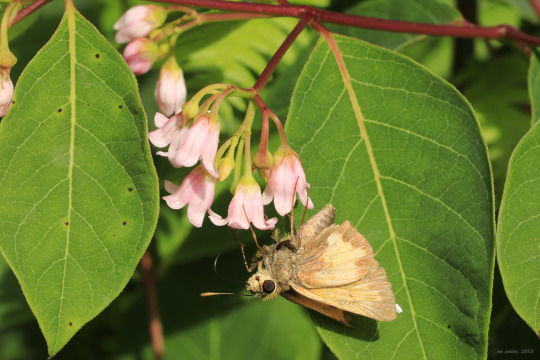
Spreading dogbane (Apocynum androsaemifolium) is one of the great pollinator plants of early summer, which is no surprise given that it resides in the same family (Apocynaceae) with milkweed, another essential pollinator plant that blooms concurrently with dogbane. Both milkweed and dogbane produce a milky latex, which varies in toxicity to animals and people. But oh that nectar . . . In just the minute I stopped to take these photos, the subject plant was assailed by a lovely Virginia Ctenucha (Ctenucha virginica) moth, North America's largest wasp moth; a great spangled fritillary (Speyeria cybele); and a small skipper (Hesperiidae).
Photos taken at the Canaan Valley National Wildlife Refuge.
#appalachia#vandalia#west virginia#wildflowers#flora#early summer#canaan valley national wildlife refuge#allegheny mountains#spreading dogbane#virginia ctenucha#great spangled fritillary#skipper#butterfly#moth#lepidoptera#pollinator plant#pollinators
72 notes
·
View notes
Text
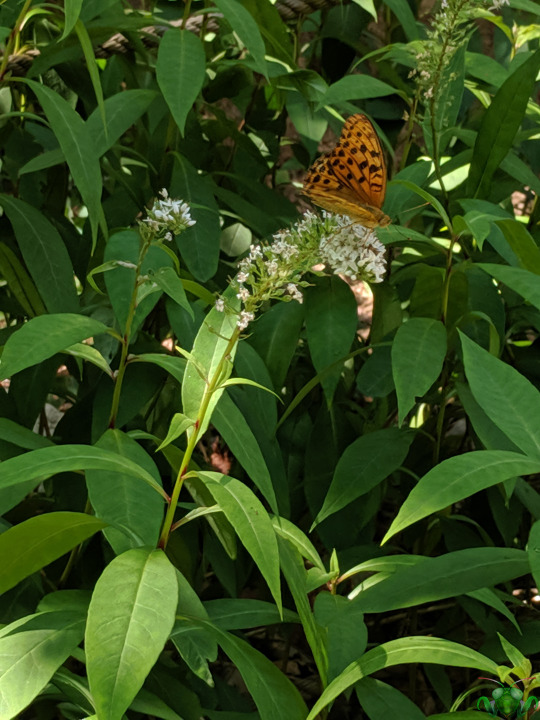
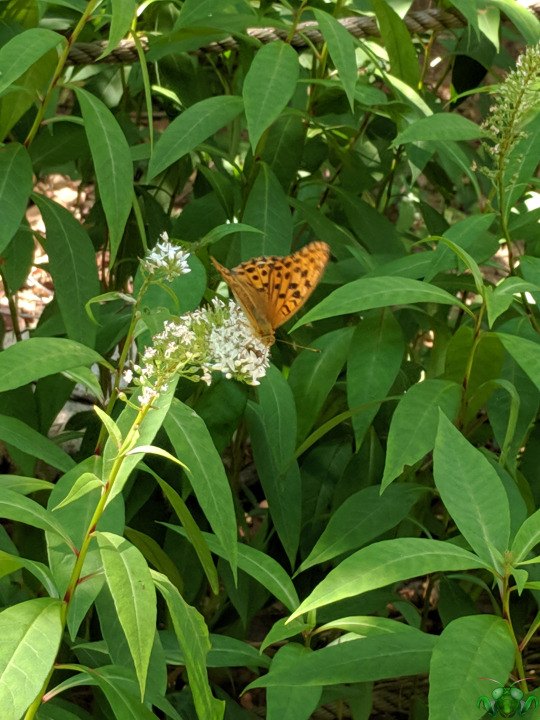
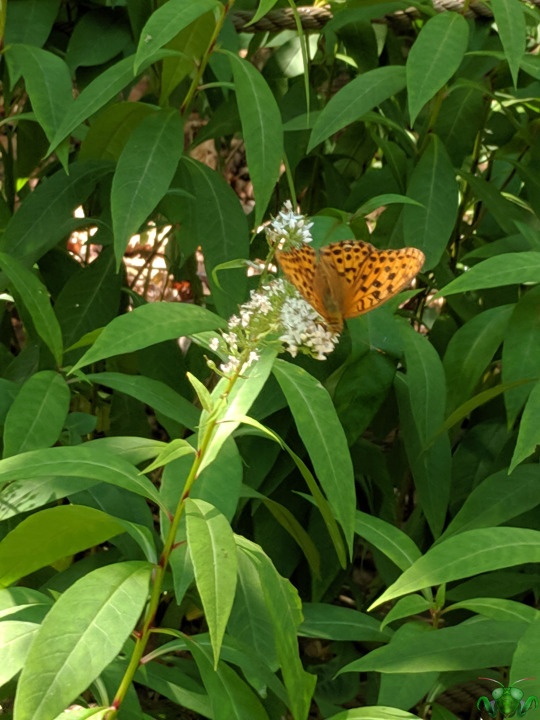
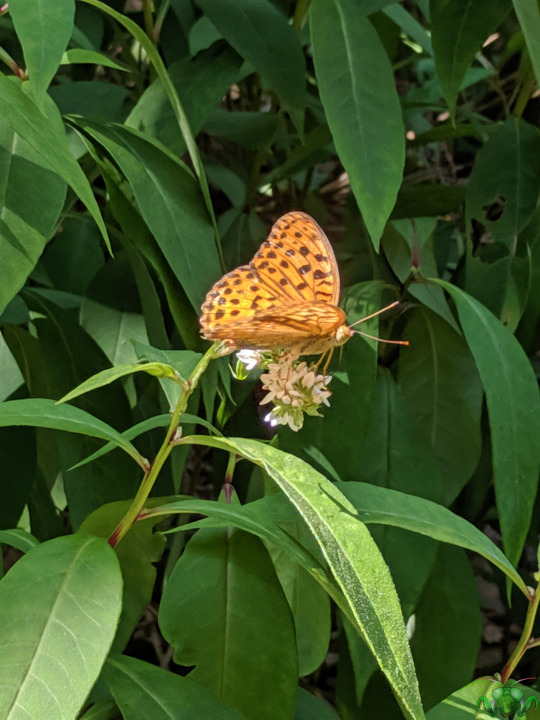
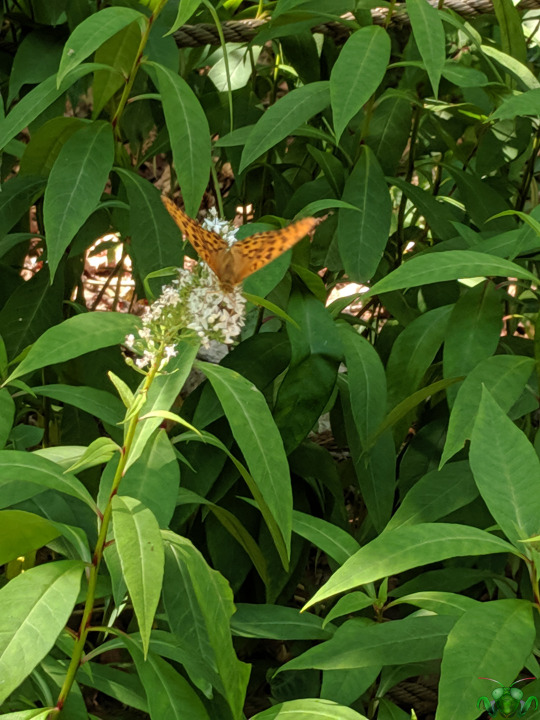
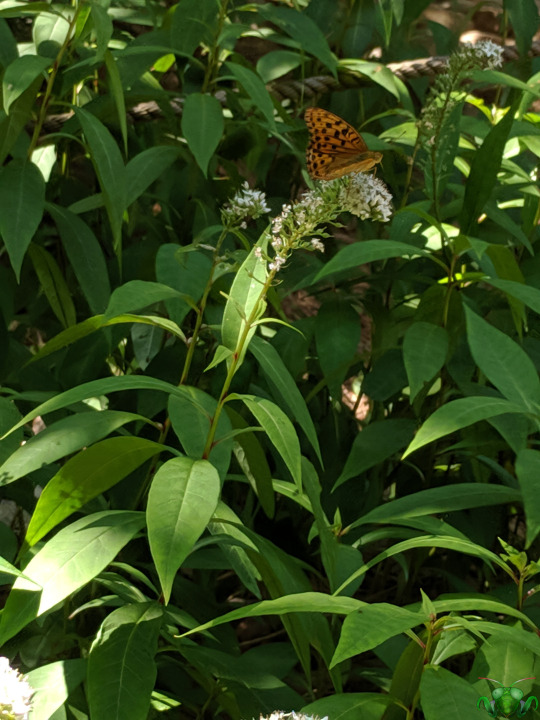
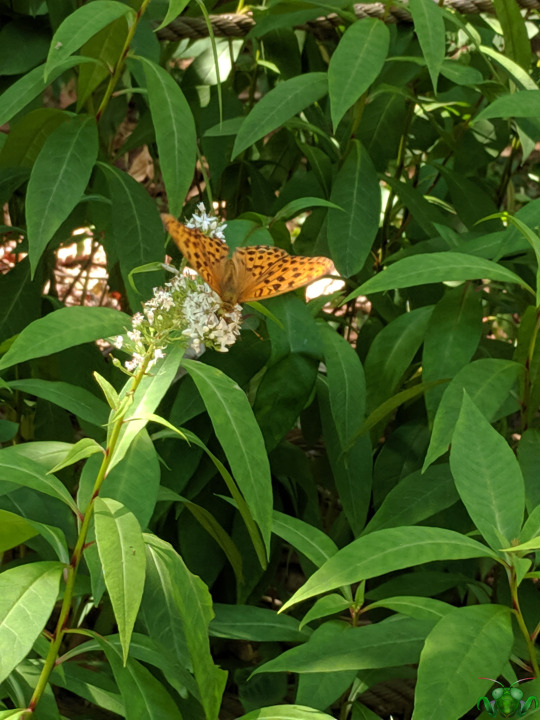
Pallas' Fritillary Butterfly - Argynnis laodice
While researching what specie this Fritillary might be, I learned just how deep the rabbit hole goes for this subfamily of Brush-Foots. There are a multitude of species to discover and many of them share orange-colored wings that are decorated with spots, markings and patterns. As such, they are quite similar to the Pallas Fritillary. This does make them very recognizable as Fritillaries however, especially when contrasted with other orange Butterflies of similar size such as the American Lady or the Eastern Comma. Despite the continental and oceanic distances between habitats, we can see the many similarities between this individual (from South Korea) and the only other image I have of a Fritillary Butterfly; that being a male Great Spangled Fritillary (Speyeria cybele) from High Park. Taken from the lone split second of probing the milkweed flowers before flying off into the distance. Looking at them both, they share the ornate orange and black wings; and the latter specimen reveals that the underside of the wing is vastly different with white spots versus black streaks and dots.
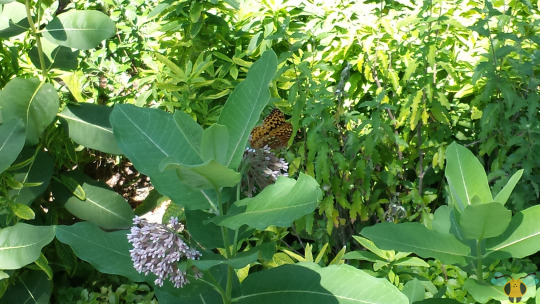
Though barely visible, an underside glimpse of the Pallas' Fritillary's hindwing can be seen, revealing the different patterns relative to topside of the wings as a whole. Images I've found describe an orange section of hindwing that becomes divided by a border of white spots into a section of fading red, but this specimen is more faded. Alternatively, the pattern may be different depending on the range A. loadice occupies or the particular subspecie that is observed. I can't narrow it down to a subspecie, and deciding on the specie alone was tough enough. Without the live specimen, I focused mainly on the wings to identify it, but after staring at the wings of tropical Asian Fritillary Butterflies that have a range in Korea, the patterns all begin to blur together. The deciding factor for this magnificent find was the pattern arrangement at the top of the forewing combined with a "Ƨ" arrangement of spots on the hindwing (see Picture 4) towards where the wings connect to the thorax. It's a bit of a longshot, but with only a fleeting glimpse it's the best match for now. I may revisit this specie again if I can find a North American Fritillary to photograph. If you plan to go looking, always check the flowers and hope that it isn't too skittish for a photo.
The Pallas' Fritillary pictures were taken on July 8, 2019 in South Korea with a Google Pixel from Sarali's yearlong trip of Asia. The supplementary Great Spangled Fritillary was taken on August 18, 2016 in High Park with a Samsung Galaxy Glide.
#jonny’s insect catalogue#insect#butterfly#pallas fritillary#fritillary butterfly#brush footed butterfly#lepidoptera#korea#south korea#2019#july2019#nature#entomology#great spangled fritillary#high park#ontario insect#august2016#2016#asia insect#invertebrates#animals#photography
3 notes
·
View notes
Text

Female Butterfly ~ Great Spangled Fritillary ~ Speyeria cybele ~ Argynne cybèle ~ Green Valley Ranch ~ Coram, Montana
#Butterfly #Fritillary #GreatSpangledFritillary #Speyeria #Speyeriacybele ~ #Argynne #Argynnecybèle #GreenValleyRanch #Ranch #Coram #Montana #MT #Entomology #macros #macrophotography #macroofinstagram #abeilles #papillons #insects #insectsofinstagram #Wildlife #wildlifephotography ~ https://www.flickr.com/photos/rachidh/albums
0 notes
Text

13 notes
·
View notes
Photo



On a wet seap in Harrison co Teeple glade.
Monarda serotina
This species is still being finalized in publishing at the momment, it is a riparian zone species that prefers creek and river bank boundries near calceric outcroppings or with circum alkaline rocky soil composite; takes more dappled shade and can’t take dry conditions. It resembles an intermediate between M. fistulosa and M. clinopodia. Has more white flowers on average and is far less branched than M. fistulosa. and lacks floral spotting that M. clinopodia has. It’s major range is mostly limited to the Ohio River Valley(ORV) but has decent pocket populations outside of the valley making it not truly localized nor endemic. The butteflies nectaring on this plant are a pair of Spangled Fratillary, Speyeria cybele.
#lepidoptera#botany#monarda#monarda serotina#speyeria#speyeria cybele#wildflowers#plantblr#cottagecore
37 notes
·
View notes
Video
tumblr
Great Spangled Fritillary on Cyclindrical Blazing Star
1 note
·
View note
Photo

Great Spangled Fritillary, Speyeria cybele (by me)
#Great Spangled Fritillary#Speyeria cybele#Speyeria#Argynnini#Heliconiinae#Nymphalidae#Papilionoidea#Lepidoptera#Insecta#Hexapoda#Arthropoda#butterfly#insects#flowers#summer#Willowwood Arboretum#Morris County#New Jersey#mine
21 notes
·
View notes
Photo

Great spangled fritillary on, um, viburnum? Wild hydrangea? Saw loads of it but I’m not sure what it is. I have more pictures of it, should someone want to help ID it.
149 notes
·
View notes
Photo


Great spangled fritillary!
#Insect#Lepidoptera#Butterfly#Fritillary#Great spangled fritillary#Speyeria cybele#Nature#Photography#Entomology#Lepidoptery#Thistle#Black#White#Orange#Pink#Purple#Green#Aesthetic#Kentucky
2 notes
·
View notes
Photo

Great Spangled Fritillary
16 notes
·
View notes
Photo

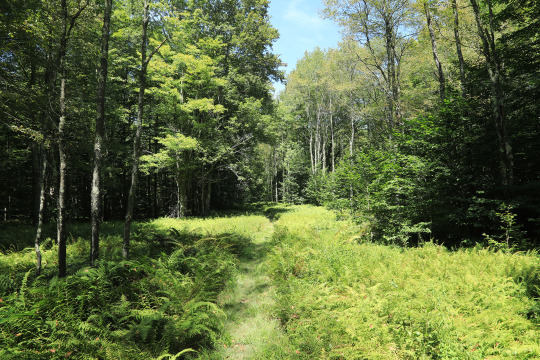
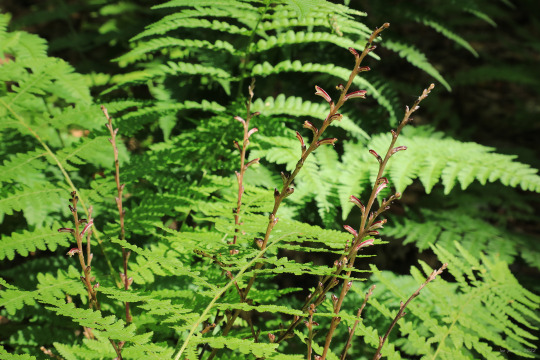
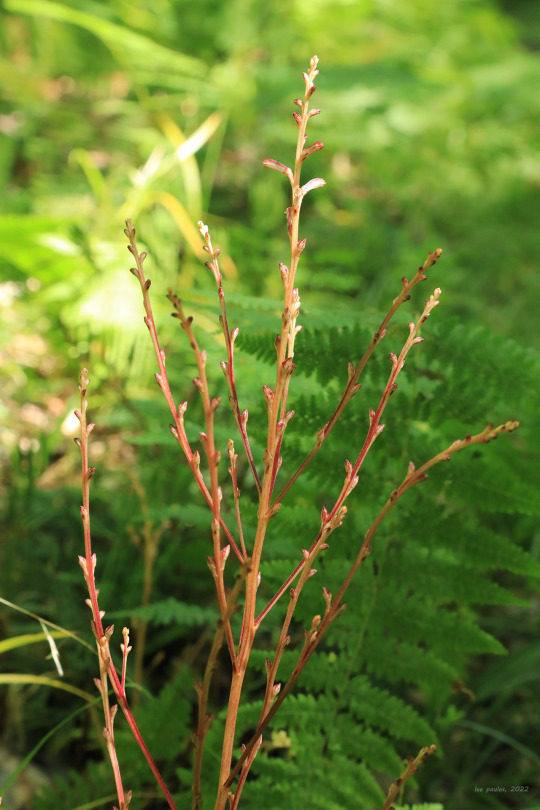
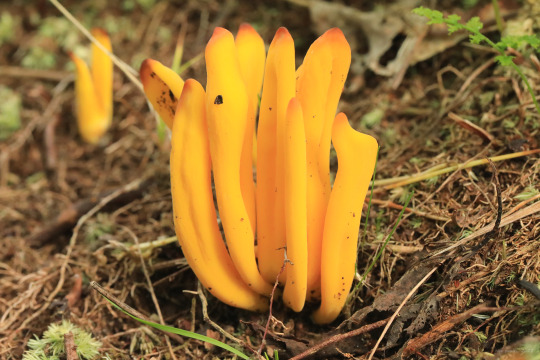

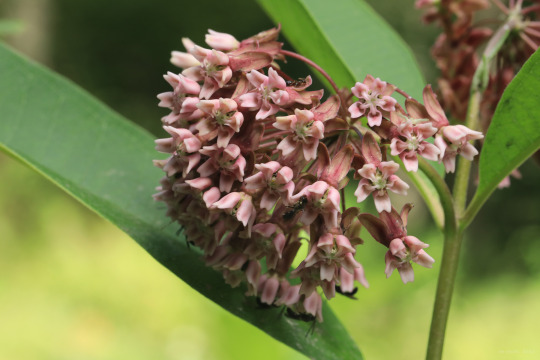

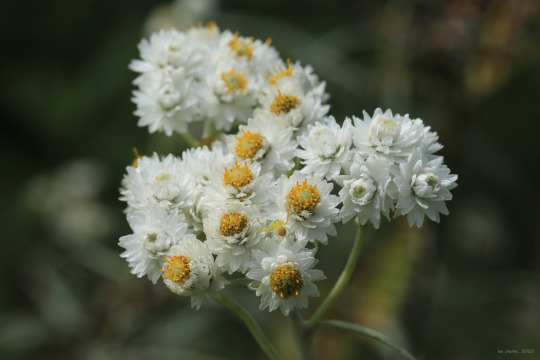
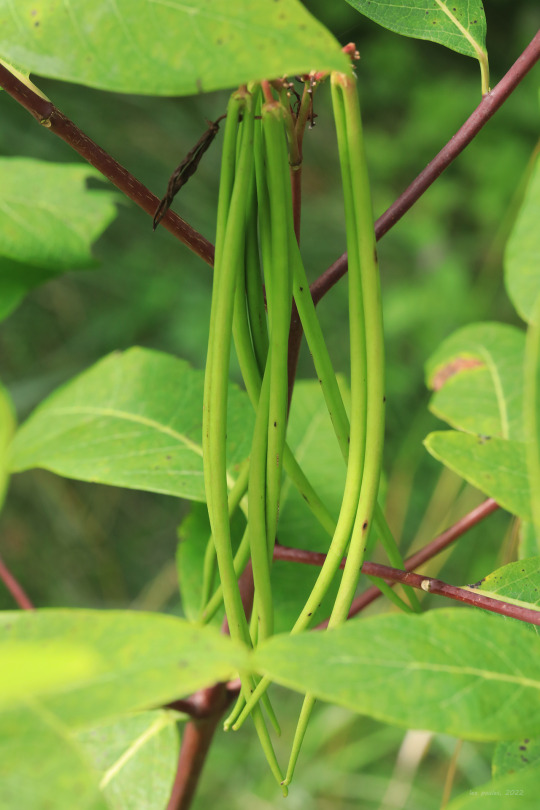
Canaan Valley National Wildlife Refuge, Part 1. Had Allegheny Power gotten its way 40 years ago, the land included as part of this idyllic refuge would today be the muddy bottom of a lake formed by damming the Blackwater River. The power company proposed turning the largest and most botanically-diverse high-elevation wetlands complex east of the Rocky Mountains into a “recreation destination” (e.g., overpriced tourist trap similar to nearby Deep Creek, Maryland) so it could execute a sketchy pump and release hydroelectric scheme. Thankfully, the US Army Corps of Engineers refused to issue a permit, and the nation has been since been rewarded with its 500th national wildlife refuge.
From top: beechdrops (Epifagus virginiana), a really unusual parasitic plant that draws its nutrients from the roots of the American beech tree; golden spindles (Clavulinopsis fusiformis), also known as spindle-shaped fairy club, a glorious late summer coral fungus; great spangled fritillary (Speyeria cybele), a common and lovely member of the Nymphalidae family that practically begs to be photographed; common milkweed (Asclepias syriaca), which blooms late into August at the higher elevation of the valley; Monarch larvae (Danaus plexippus), in their fifth instars; pearly everlasting (Anaphalis margaritacea), a fabulously-beautiful late summer aster much beloved by the dried flower industry; and the stingbean-like seed pods of Indian hemp (Apocynum cannabinum), one of the bittersweet bellwethers of summer’s end.
#appalachia#vandalia#west virginia#allegheny mountains#canaan valley#canaan valley national wildlife refuge#tucker county#epifagus virginiana#beechdrops#clavulinopsis fusiformis#golden spindles#spindle-shaped fairy club#speyeria cybele#great spangled fritillary#asclepias syriaca#common milkweed#danaus plexippus#anaphalis margaritacea#pearly everlasting#apocynum cannabinum#indian hemp#wildflowers#flora#summer
52 notes
·
View notes
Photo

The Great Spangled Fritillary (Speyeria cybele) is the most common fritillary found throughout much of the eastern United States. The host plant for the caterpillar is the violet.
51 notes
·
View notes